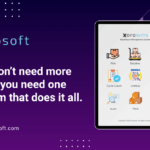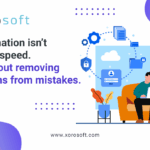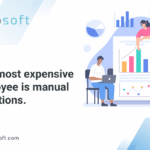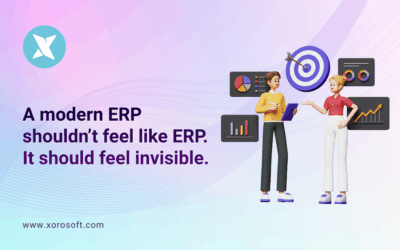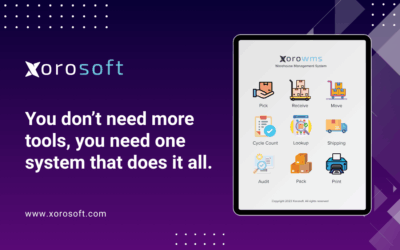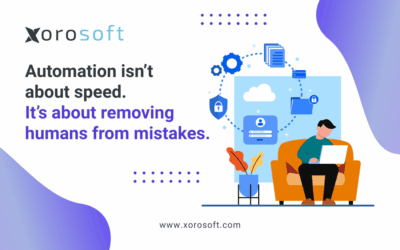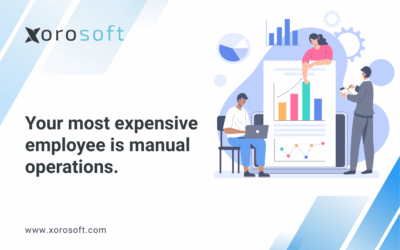
The Real Cost of Using Too Many Tools
Every growing business hits a ceiling—and it’s not always about revenue. The financial impact of disconnected tools is often hidden in plain sight. From duplicate entries to missed orders and chaotic month-end reports, the damage adds up fast.
On the surface, your team might be “making it work.”
In reality, you’re patching leaks daily while profits quietly drain out the back.
In fact, many don’t realize how costly this becomes over time.
Above all, what’s lost is operational clarity.
The Financial Impact of Disconnected Tools on Your Profits
Let’s walk through a common scenario.
-
A customer places an order on your site.
-
Your warehouse packs and ships it—without realizing the item was oversold.
-
Consequently, the refund happens late.
-
Your accountant misses the mismatch until month-end.
-
Meanwhile, your reports still show the order as revenue.
-
At the same time, customer satisfaction declines.
The cost?
-
Lost revenue
-
Manual reconciliation
-
Poor customer experience
-
A lack of visibility that leaves your team reacting, not leading
-
Eventually, you lose control over key metrics.
Disconnected tools slow every department down:
-
Sales can’t track fulfillment
-
Warehouse teams rely on outdated spreadsheets
-
Finance scrambles to match entries weeks later
Additionally, this inefficiency hurts morale.
Moreover, it introduces preventable risks.
To put it differently, you’re building success on a shaky foundation.
Why Businesses Lose Control Without Integration
Disconnected systems are more than inefficient—they’re fundamentally flawed.
Each one is built to solve only one part of your operations:
Shopify manages sales. QuickBooks handles accounting. ShipStation takes care of shipping.
However, none of these tools share real-time data.
They create silos. Silos create blind spots.
And blind spots cause financial mistakes—ones you often don’t catch until it’s too late.
At its core, the issue is visibility.
Because of that, your reporting is reactive, not proactive.
More importantly, you’re always a step behind.
The result is:
-
No live inventory visibility
-
Delays in shipping and accounting
-
Hours spent rechecking and correcting mistakes
-
Financial reporting that’s always a step behind
This is the true financial impact of disconnected tools—and it’s not sustainable.
Worse still, the longer you rely on them, the more harm they cause.
In other words, patchwork software becomes a business liability.
All things considered, you need a change.
Understanding the Financial Impact of Disconnected Tools
Modern businesses are moving away from scattered tools and toward unified ERP platforms.
Therefore, they gain control over all departments.
For instance, fulfillment becomes proactive instead of reactive.
Here’s what changes when you centralize your systems:
-
Live Inventory: See accurate stock levels across all locations and channels
-
Fulfillment Visibility: Know exactly what’s packed, shipped, or delayed
-
Automated Accounting: Invoices, discounts, and taxes sync without manual entry
-
Real-Time Reporting: Access current data, not last month’s summary
Not only that, but your team can make faster decisions with fewer errors.
As a result, you reclaim control and eliminate the constant chaos.
From a strategic standpoint, this unlocks your ability to scale.
How Xorosoft Fixes the Financial Impact of Disconnected Tools
Xorosoft ERP is built for brands tired of bleeding money through disconnected tools.
It replaces outdated systems with one connected platform that runs your operations end-to-end.
Here’s how it prevents the financial impact of disconnected tools:
🔹 Cloud-Native & Fast to Deploy
Launch quickly. Scale without limits.
🔹 Built-in WMS (Not a Bolt-On)
Track bins, inventory, and shipments in real time—without extra apps.
🔹 Automated Financial Sync
No more manual tax, discount, or return reconciliation.
🔹 Direct Integrations with Shopify, Amazon, 3PLs & EDI
No middle apps. Just clean, fast sync.
🔹 Multi-location & Multi-currency Ready
Run global operations with local precision.
🔹 Top-Rated ERP for Usability
See our G2 Ranking →
🔹 Live on Shopify App Store
Check us out →
What’s more, the platform is intuitive and easy to train your team on.
At the same time, it reduces manual work dramatically.
To clarify, you get full control without complexity.
Eventually, you’ll spend more time growing and less time fixing.
Want to see how it looks in action?
👉 Book a Free Demo


